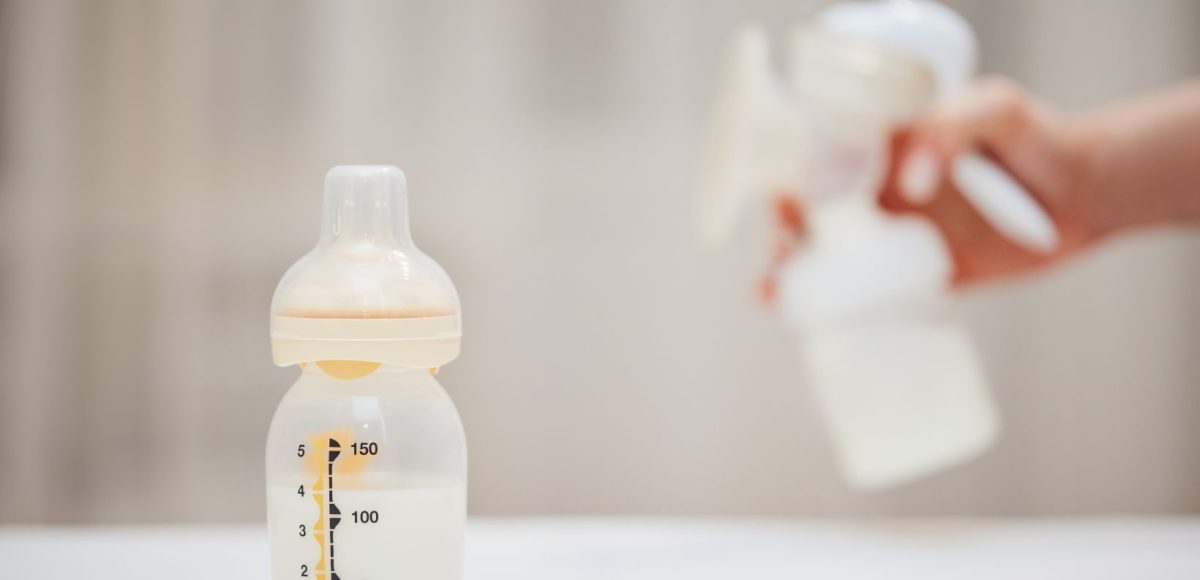Breast milk is often called “liquid gold” for its incredible nutritional benefits and immune-boosting properties. Whether you’re a new mom returning to work, building a freezer stash, or just want to ensure your baby always has access to breast milk, proper storage is crucial to maintain its quality and safety. In this comprehensive guide, we’ll walk you through everything you need to know about safely storing breast milk.
Proper storage of breast milk is essential for several reasons. Breast milk contains vital nutrients and antibodies that support your baby’s growth and immune system. Storing it correctly helps maintain these essential properties. Safely storing breast milk prevents contamination by bacteria, viruses, and other harmful microorganisms. By following storage guidelines, you can minimize wasted breast milk and make the most of your pumped supply.
Milk Storage Basics
Before diving into the specifics of storing breast milk, let’s cover some essential basics. Always use clean, BPA-free containers for storing breast milk. Opt for bottles or breast milk storage bags specifically designed for this purpose. Label each container with the date of expression to ensure you use the oldest milk first. Wash your hands thoroughly before handling breast milk, and clean your pump and storage containers after each use. Fresh breast milk is best. If possible, try to use freshly expressed milk whenever your baby needs it.
Storage Guidelines
Breast milk storage guidelines can vary slightly, but here are some general principles to follow:
Room Temperature: Freshly pumped breast milk can be stored at room temperature (77°F or lower) for up to 4 hours. However, if the room is warm (above 77°F), use it within 2 hours.
Refrigeration: Store breast milk in the refrigerator at a temperature of 32-39°F (0-4°C). It can be safely kept for up to 4 days in the main part of the refrigerator and up to 6-12 months in the freezer compartment.
Freezing: To store breast milk for an extended period, freeze it at 0°F (-18°C) or lower. Use within 6-12 months for the best quality. Store milk in the back of the freezer, as the temperature is most consistent there.
Thawing: When you’re ready to use frozen breast milk, thaw it in the refrigerator overnight or place the container in a bowl of warm water. Never use a microwave to thaw or heat breast milk, as it can destroy its beneficial properties and create hot spots that could burn your baby.
Avoid Re-freezing: Once breast milk has been thawed, use it within 24 hours and do not refreeze it.
Mixing Temperatures: You can combine freshly expressed breast milk with previously refrigerated or frozen milk, as long as you cool the fresh milk in the refrigerator first.
Tips for Efficient Storage
- Use smaller containers: Consider storing milk in smaller portions to minimize waste when your baby is still small and drinking less.
- Freeze in measured amounts: Freeze milk in small, measured portions (e.g., 2-4 ounces) to make it easier to thaw and use.
- Date and rotate: Always use the oldest milk first to prevent waste. Label containers with the date of expression.
- Don’t top off containers: Avoid topping off containers of frozen milk, as this can lead to overfilling and leakage when milk expands as it freezes.
- Store in the coldest part: Keep your milk towards the back of the refrigerator and freezer for a consistent temperature.
Properly storing breast milk is essential to ensure your baby gets the best nutrition and protection. By following these guidelines and maintaining good hygiene practices, you can confidently build a supply of breast milk and provide your little one with the benefits of “liquid gold” throughout their early months of life. Remember that breast milk is a precious resource, and with a little planning and organization, you can ensure it’s always ready when your baby needs it.
